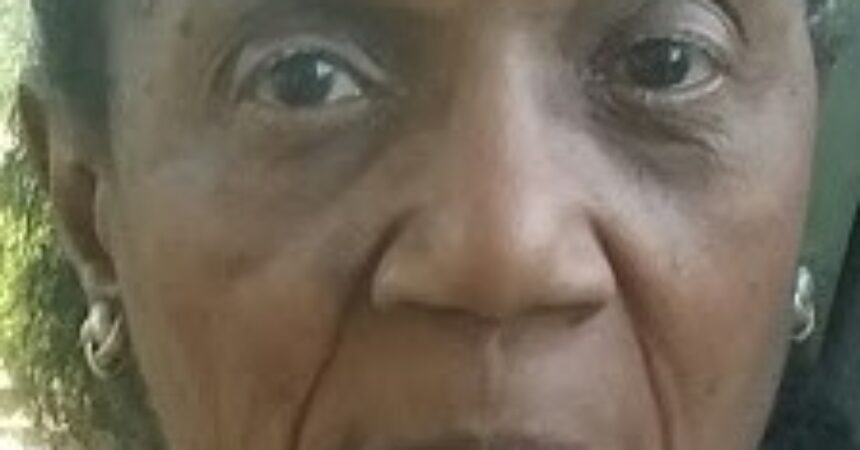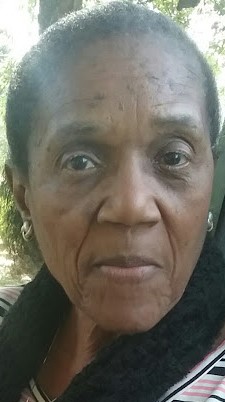
Remembrance Project commemorating lynchings in Leon County could be a step to change

I attended the Remembrance Project event that was sponsored on July 17 by three local church congregations and 45 partner organizations. I am happy that I went, though the ambience was a bit much in celebratory responses for me.
Applauds erupted as the names of the four Black men who were taken from the Leon County Jail and lynched/murdered were called. The presider stated that the lynching was an unjust act.
I was in wonderment over the appropriateness of audience response, given the context. I tried to grasp the real intent and meaning of the event. Even after a very touching and passionate rendition of “Strange Fruit” by the well-chosen soloist, which again was followed/recognized by the audience with an exuberant outburst of applauds, led me to wonder, “does anyone else get it, or feel, the meaning of the lyrics?”
But – maybe my association as a Black person whose ancestors were enslaved in Leon County engendered a different emotion throughout, and that was the difference in receivership.
My great uncle, Isam Edwards, who was the last victim of a public hanging in Leon County, was still present with me during the remembrance. I wore white as is one of two colors traditionally worn by Blacks to funerals.
According to news coverage of Uncle Isam’s hanging, Blacks drove in by horse and wagon from former plantation lands to witness his hanging, pretty much like a funeral. I felt a need to memorialize him, and them.
Nevertheless, and thankfully, there were teachable moments and opportunities for the standing-room only audience that attended the remembrance event as they were reminded/informed of the atrocities that led to the occasion and observance.
The event also brought out a different, predominantly White, crowd which is often rare where Black subject matter is the focus. Equally, and appropriately, through the speakers, the occasion made possible another history lesson as Leon County School Board member Darryl Jones and Leon County Commission Chairman Rick Minor uplifted the history of the 9,000 Blacks in Leon County and over 62,000 across Florida who were brutalized and treated inhumanly for years as slaves until their White owners were forced by Presidential Abraham Lincoln’s executive order to set them free – on Emancipation Day, May 20, 1865. City Commissioner Dianne Williams-Cox followed with an appreciation to the organizers and the assembled audience, followed with an expressed “hope and desire that the purpose of the occasion of remembrance be put into daily practice – in all dimensions.”
Her statement that “Lynchings happen in many ways, not just by being hung from a rope” rang true. By rooting out injustice and inequality in all walks of life, and being living examples of righteous treatment of all regardless of race, was a fitting.
‘Where to from here (and) what next” call to action by Commissioner Williams-Cox. Leon County Sheriff Walt McNeil’s presence and remarks brought to mind the contrast between then and now. Who was in-charge at the jail when the White mob broke in and took away and lynched the four Black men – “the symbols” of the Remembrance Project; a moment to ponder.
Definitely there was not a Black head of Law Enforcement, or jailer, due to Jim Crow laws and practices that forbade the hiring of Blacks in these capacities. So, to have a Black man at the top in law enforcement today shows growth, though it occurred as a result of legal enforcement, yet a sign that things can change.
And so, where to go from here? What changes for the better in social justice, respect and fairness toward all persons? Who among us in attendance will reconcile, repent, be healed and intentionally believe, accept and act from the premise that all people should have the right and opportunity to play a significant part in today’s society, and be thusly and equally rewarded? I agree with Commissioner Williams-Cox that the answer lies in the hearts, minds and actions of planners, attendees, church members, supporters and the event partnering entities, individually. Was the occasion symbolic or will it be a sustained everyday call to action? Let us hope that the enthusiastic applause was a sign of real change to come. To quote my friend Dr. Na’im Akbar, “Yesterday was a recognition of the crucifixion.’ Actions going forth will determine success as in ‘resurrection.’ ”
Althemese Barnes is founder and Executive Director Emeritus of the John Gilmore Riley Center/Museum.







